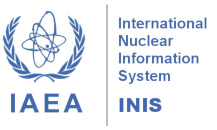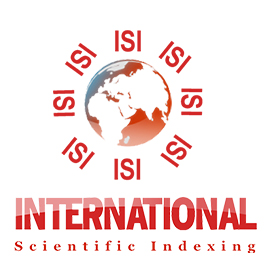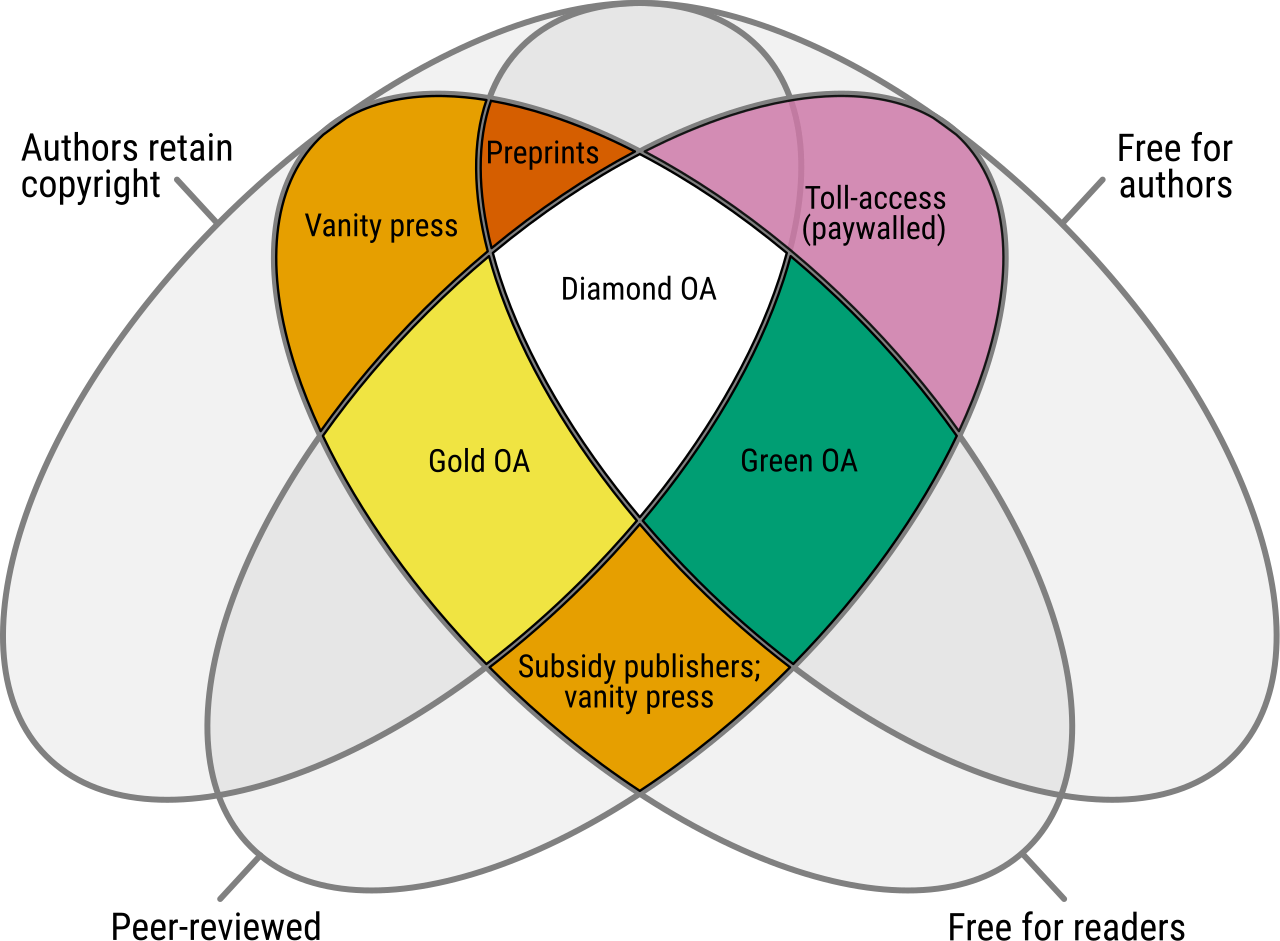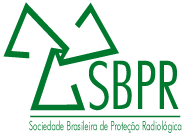Optimization of Flight Parameters for Gamma Radiation Detection and Mapping Using Drones
DOI:
https://doi.org/10.15392/2319-0612.2025.2897Palabras clave:
Drone-Based Mapping, Gamma Radiation Detection, Flight Parameters OptimizationResumen
The application of drones in radiometric surveys has emerged as a promising solution, particularly for mapping radiation in areas that are difficult to access. This approach enables the creation of detailed distribution maps. However, the accuracy of the results is strongly influenced by the chosen flight strategy. This study explores how different flight parameters, such as speed and grid spacing, impact the quality of gamma radiation mapping, aiming to optimize the trade-off between measurement precision and operational efficiency, such as flight time and mapping coverage. To achieve this, two experimental flights were conducted using a drone equipped with a Geiger-Müller detector, with a Cs-137 source serving as a reference. The methodology involved continuous radiation measurements during flight, with data collected at predetermined points arranged in a structured grid, via GPS coordinates. This setup facilitated the development of a three-dimensional representation of the gamma dose distribution. By comparing the results of both flights, each configured with distinct operational settings, it was possible to evaluate the impact of flight parameters on the effectiveness of radiometric detection of dose rate distribution using drones. The results suggest that dose rate mapping tends to achieve higher resolution when lower flight speeds are adopted and when data collection points are more densely distributed across the surveyed area.
Descargas
Referencias
[1] A. Molnar, et. al, “Gamma radiation distribution map creation using a small-sized drone“, Proceedings of the IEEE 18th International Symposium on Computational Intelligence and Informatics (CINTI 2018), Budapest, Hungary, pp. 161–166, 21–22 November, 2018. DOI: 10.1109/CINTI.2018.8928202. DOI: https://doi.org/10.1109/CINTI.2018.8928202
[2] A. Molnar, Z. Domozi, I. Lovas, “Drone-Based Gamma Radiation Dose Distribution Survey with a Discrete Measurement Point Procedure“, Sensors, v. 21, p. 4930, 2021. DOI: 10.3390/s21144930. DOI: https://doi.org/10.3390/s21144930
[3] B. Li, Y. Zhu, Z. Wang, C. Li, Z.-R. Peng, and L. Ge, “Use of MultiRotor Unmanned Aerial Vehicles for Radioactive Source Search“, Remote Sensing, v. 10, n. 5, p. 728, 2018. DOI: 10.3390/rs10050728. DOI: https://doi.org/10.3390/rs10050728
[4] F. Mamed, et. al “A Drone-Based Approach for Radiometric Mapping of Gamma Radiation“, Brazilian Journal of Radiation Sciences, , Rio de Janeiro, Brazil, v. 12, n. 4A (Suppl.), p. e2716, 2025. DOI: 10.15392/2319-0612.2024.2716. DOI: https://doi.org/10.15392/2319-0612.2024.2716
[5] J. Aleotti, et. al, “Detection of Nuclear Sources by UAV Teleoperation Using a Visuo-Haptic Augmented Reality Interface“, Sensors, v. 17, n. 10, p. 2234, 2017. DOI: 10.3390/s17102234. DOI: https://doi.org/10.3390/s17102234
[6] L. Pinto, et al., “Radiological Scouting, Monitoring and Inspection Using Drones“, Sensors (Basel), v. 21, n. 9, p. 3143, 2021. DOI: 10.3390/s21093143. DOI: https://doi.org/10.3390/s21093143
[7] P. Roy, et. al, “Radiation surveillance using an unmanned aerial vehicle“, Applied Radiation and Isotopes, v. 67, p. 340–344, 2009. DOI: 10.1016/j.apradiso.2008.10.008. DOI: https://doi.org/10.1016/j.apradiso.2008.10.008
[8] S. Mochizuki, et. al, “First demonstration of aerial gamma-ray imaging using drone for prompt radiation survey in Fukushima“, Journal of Instrumentation, v. 12, p. P11014, 2017. DOI: 10.1088/1748- 0221/12/11/P11014. DOI: https://doi.org/10.1088/1748-0221/12/11/P11014
[9] Y. Sanada, T. Torii, “Aerial radiation monitoring around the Fukushima Dai-ichi Nuclear Power Plant using an unmanned helicopter“, Journal of Environmental Radioactivity, v. 139, p. 294–299, 2015. DOI: 10.1016/j.jenvrad.2014.06.027. DOI: https://doi.org/10.1016/j.jenvrad.2014.06.027
Descargas
Publicado
Número
Sección
Licencia
Derechos de autor 2025 Felipe Mamed, Alessandra Vaz, Ary Machado, Jonathan Oliveira, Leandro Silva, Paulo Barreto, Paulo Iack, Paulo Silveira, Rodrigo Curzio, Rodrigo Souza, Wallace Vallory

Esta obra está bajo una licencia internacional Creative Commons Atribución 4.0.
Licencia: los artículos de BJRS tienen una licencia internacional Creative Commons Attribution 4.0, que permite el uso, el intercambio, la adaptación, la distribución y la reproducción en cualquier medio o formato, siempre que se otorgue el crédito correspondiente al autor o autores originales y a la fuente, proporcione un enlace a la licencia Creative Commons e indique si se realizaron cambios. Las imágenes u otros materiales de terceros en el artículo están incluidos en la licencia Creative Commons del artículo, a menos que se indique lo contrario en una línea de crédito al material. Si el material no está incluido en la licencia Creative Commons del artículo y su uso previsto no está permitido por la regulación legal o excede el uso permitido, el autor deberá obtener el permiso directamente del titular de los derechos de autor. Para ver una copia de esta licencia, visite http://creativecommons.org/licenses/by/4.0/






















